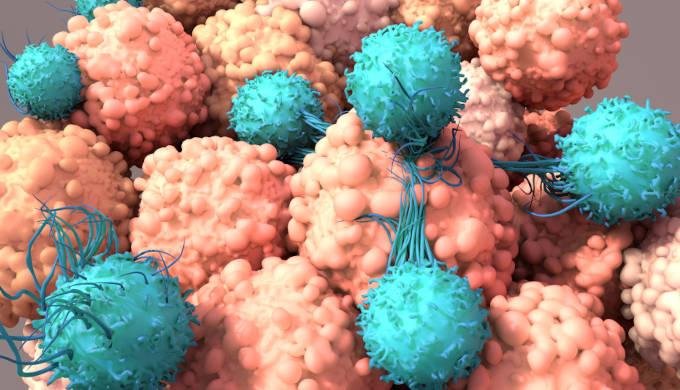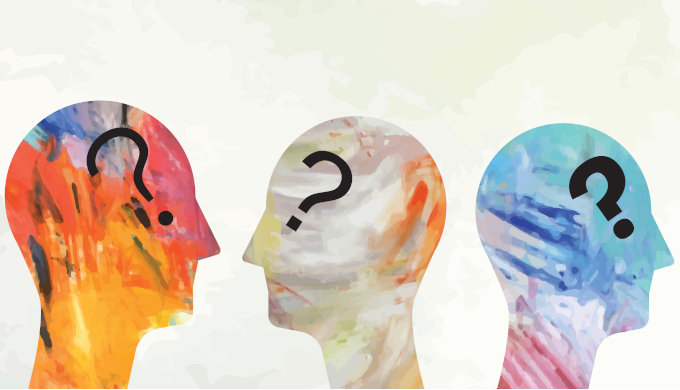Author: Lynda Williams
medwireNews: Base-edited chimeric antigen receptor (CAR) T-cell therapy is feasible for the treatment of relapsed or refractory childhood T-cell acute lymphoblastic leukemia (ALL), suggests research published in The New England Journal of Medicine.
Waseem Qasim (Great Ormond Street Hospital, London, UK) and co-investigators say that the report for the first three patients with CD7-positive disease in the proof-of-concept study “supports base editing as a therapeutic approach.”
They explain that the cytidine deamination using clustered regularly interspaced short palindromic repeats (CRISPR) allows “a highly precise conversion of one nucleotide into another — specifically, cytosine to thymine — without generating breaks in DNA” and thus “genes can be base-edited and rendered inactive without inducing translocations and other chromosomal aberrations.”
The team transduced donor T cells to produce a CAR specific for CD7 (CAR7) and used CRISPR to inactive genes encoding receptors for CD52 and CD7, to avoid lymphodepleting serotherapy and CAR7 T-cell fratricide, respectively. A third gene encoding part of the αβ T-cell receptor was also edited to avoid graft-versus-host disease, the authors explain.
The edited cells were first used in a 13-year-old girl with relapsed T-cell ALL who had detectable minimal residual disease (MRD) and morphological relapse 4 months after undergoing allogeneic stem cell transplantation (ASCT). The patient was given 50×106 based-edited CAR7 cells and on day 27 she was in morphological remission and had undetectable MRD.
The patient underwent a second non-myeloablative ASCT using cells from her original donor and achieved full donor chimerism after 1 month with no detectable CAR7 cells. She achieved morphological remission without MRD 52 days after the second ASCT and had ongoing morphological and molecular remission after 9 months of follow-up.
The second patient was a 13-year-old boy with cortical T-cell ALL relapse during maintenance therapy and refractory disease. He was treated with 1×106 CAR7 T-cells/kg and achieved morphological and flow remission with MRD by day 25. However, the patient experienced overlapping fungal infections and died from progressive lung complications 33 days after treatment.
The final patient was a 15-year-old boy who underwent repeated ASCT for mixed-phenotype acute leukaemia and later relapsed with CD7-positive T-cell ALL. This patient received 0.9×106 CAR7 T-cells/kg and achieved complete morphological and molecular remission on day 28, permitting further ASCT.
Qasim et al report that all three patients experienced fever, rash and other symptoms of cytokine release syndrome within a week of treatment that subsequently resolved. Two patients experienced reactivation of cytomegalovirus and other viruses requiring antiviral therapy, and the first patient also experienced grade 1 immune effector cell-associated neurotoxicity syndrome (ICANS) that resolved spontaneously by day 12.
“Otherwise, side effects and complications were similar to those associated with other CAR T-cell therapies and were managed with use of established transplant and cell-therapy protocols”, the investigators write.
In terms of safety measures regarding the strategy, they say the use of ASCT after CAR T-cell therapy limits the “persistence of engineered cells” in patients, and additional measures could include “a drug-inducible safety switch (or elimination system) to enable the controlled removal of infused cells once the useful therapeutic effects are derived in the event of serious toxic effects.”
The team now plans to recruit a further seven children in the UK to the phase 1 trial and writes that similar studies are being launched in Europe and the USA.
News stories are provided by medwireNews, which is an independent medical news service provided by Springer Healthcare Ltd. © 2023 Springer Healthcare Ltd, part of the Springer Nature Group
This independent news story was supported by an educational grant from L’Institut Servier, Suresnes, France.
Image Credits: © Design Cells / stock.adobe.com



